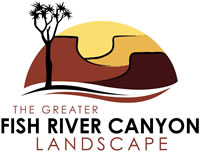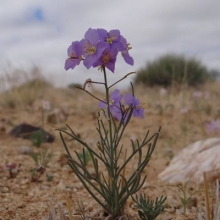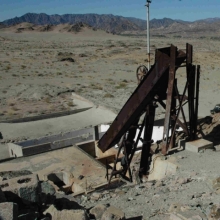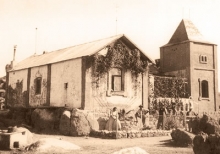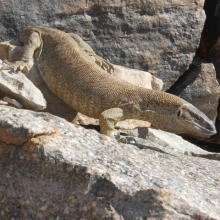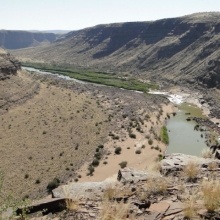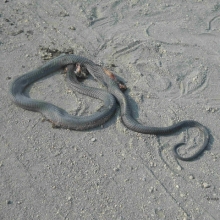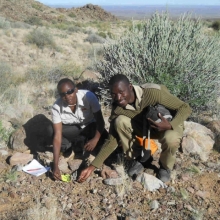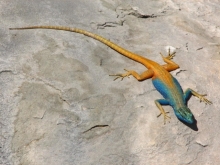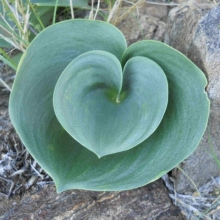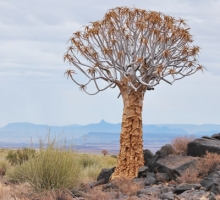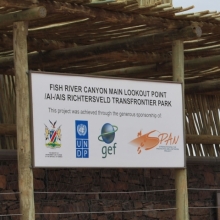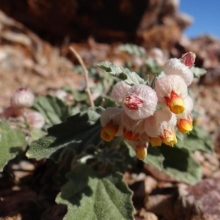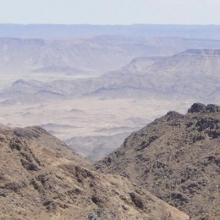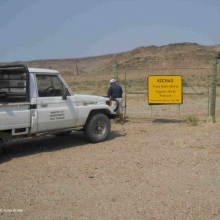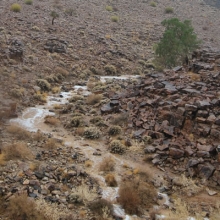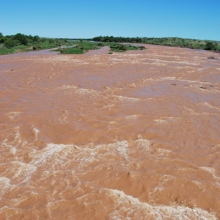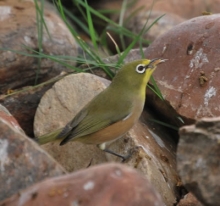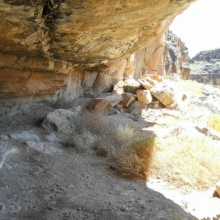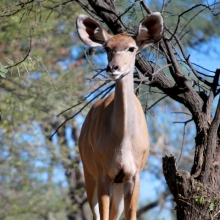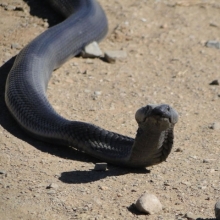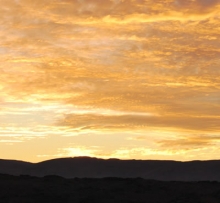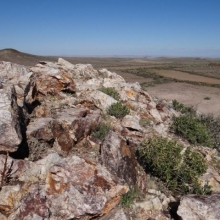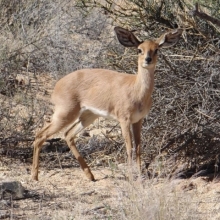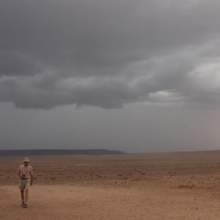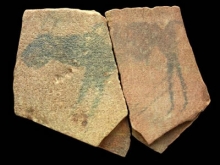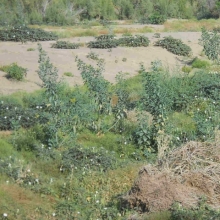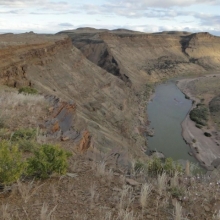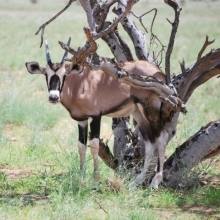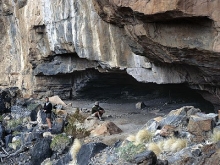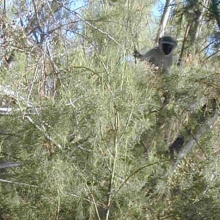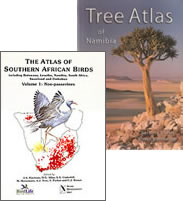Environment
The Greater Fish River Canyon Landscape is made up of a mosaic of different land holdings around the Ai-Ais/Fish River Canyon/Huns Mountains National Park.
There is one town in the landscape, Rosh Pinah.
The area stretches from the Orange River in the south (where it borders onto the Richtersveld National Park in South Africa) to the Naute Recreational Resort in the north. In the west it borders onto the Sperrgebiet National Park, thereby creating a vital corridor of land between the Ai-Ais and Sperrgebiet National Parks, and in the east it reaches the top of the Klein Karas Mountains.
The Landscape encompasses a vast diversity of landscapes, topographic features and habitats. The geology of the area ranges from relatively young rock formations of the Karoo and Nama Groups (200 and 550 million years old respectively, to rocks of the Namaqua Metamorphic Landscape (about 1,200 million years), to some of the oldest rocks known, along the Orange River valley, which are over 2,000 million years old. The geology is highly visible and accessible. The key topographic features including the Fish River Canyon, the Konkiep valley, the Orange River valley, the Huns Mountains and the Klein Karas Mountains. Between these are an array of rocky and sandy plains, rocky hillsides, plateaus, drainage lines, incised valleys and ephemeral river courses.
